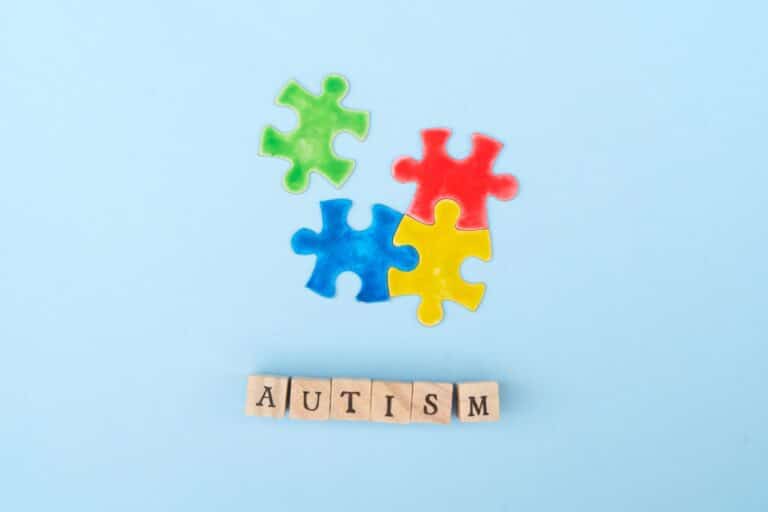Painkillers offer much-needed relief in times of pain crisis. They cushion you from bodily pain and also offer a euphoric effect. But even with all their positive effects, they also have a dark side. If not careful, you can develop a prescription painkiller addiction, especially if you use them regularly.
The chances of experiencing pain pills addiction increase when you continually take the medication without a doctor’s prescription. According to numerous studies, over 2 million people abuse painkillers each year as first-timers, quickly becoming addicts. To prevent the adverse effects associated with that, painkiller addiction treatment programs are vital for any society.
How Do Painkillers Work?
When you experience a headache, your body is communicating to your brain that there is something wrong. When you take the pain medication, you get some relief but don’t necessarily solve your body’s problem.
When you’re in pain, your body sends signals to your brain. The central nervous system relays these signals to opiate receptors in the brain, and they’re perceived as discomfort.
When you take a painkiller, it does two things. First, it depresses the central nervous system, blocking the transmission of pain signals to the brain. Second, it attaches to the opiate receptors, blocking the pain signals.
Painkillers also make you relax, offer a euphoric effect, and stop the pain. Some powerful painkillers such as OxyContin and illegal opioids such as heroin act in the same manner but more quickly and powerfully, leading to drug abuse and painkiller addiction.
Are Painkillers Harmful?
Yes, painkillers can be harmful when taken incorrectly. If you overdose either accidentally or intentionally, there is a high likelihood of getting addicted. Taking high doses of painkillers can lead to toxicity, leading to liver damage, or even death. About half of emergency room visits are due to pain pills abuse.
Also, approximately 0.5 million deaths occur globally every year because of painkillers abuse. If you take excess NSAIDs, you may experience stomach bleeding or even kidney damage. Opioid addiction is one of the most common forms of painkiller addiction.
In the US alone, about 130 people die daily from an opioid overdose. In fact, it’s currently a national crisis. Opioid painkillers are excellent pain relievers often prescribed after major surgeries. They’re also commonly used for chronic pain in managing conditions such as cancer.
Because of consistent use, pain killers lead to physical dependence and increased tolerance, meaning you’ll require higher doses to achieve pain relief. This breeds the right environment for the development of painkiller addiction.
Signs of Painkiller Abuse
Painkiller addiction presents in different ways, including weight changes, dilated or constricted pupils, and bloodshot. Also, individuals suffering from painkiller abuse are often very drowsy. Below are the common signs of painkiller abuse:
- Slow breathing rate
- Constipation
- Drowsiness
- Slow movements and reactions
- Poor concentration
- Memory issues
- Depression
- Mood swings
- Apathy
Lifestyle Effects of Painkiller Addiction
Painkiller addiction also presents in many lifestyle changes.
A sense of preoccupation. The pain pills addict is more concerned with maintaining their addiction instead of concentrating on their core business. In this case, their work and social interactions are affected.
Financial challenges. Those abusing pain medications may encounter issues managing their finances because they’re ever in need of extra money to buy the drugs. This may drive them into illegal activities such as theft. They may also keep borrowing money from friends and family members without making due to their refund promises.
The individuals may switch friends to those abusing pain medications. Typically, they will neglect their school and work activities.
They may become aggressive towards those discouraging them from abusing pain medications.
Their sleeping patterns may change. For example, they may sleep during the day and stay awake at night.
You may also notice changes in grooming habits, whereby the individual loses interest in maintaining an attractive physical appearance.
The individuals also make endless excuses about why they’re abusing the medication. They try all tricks to convince anyone who asks why they cannot stop using the pain pill. Also, they offer excuses about their changing behaviors.
What Are the Long-Term Effects of Painkiller Addiction?
When you take strong painkillers for a long time, you prevent your body from achieving pain relief naturally. These drugs interfere with releasing the “feel-good” chemicals in your brain because they trick your brain that you need the drugs to feel good. This consistent use of painkillers affects the central nervous system.
For example, opiate painkillers depress the central nervous system by blocking pain. This can lead to slow bodily reactions, slow breathing rate, and slurred speech.
The effects of painkillers are limited to the central nervous system and your body’s natural ability to relieve pain. This means that the effects of painkillers abuse are felt throughout the body. For instance, excessive intake of painkillers can lead to life-threatening liver damage because your liver stores the toxins that emanate from the breakdown of these drugs.
Some people inject painkillers directly into their bodies to achieve an immediate effect. Such drugs enter directly into the bloodstream and can affect the heart. Long-term abuse of painkillers can cause severe cardiovascular issues, heart disease, and heart attack.
Painkillers also affect the stomach and intestines. Excessive painkillers can lead to abdominal distention, constipation, bowel obstructions, bloating, and hemorrhoids.
Injecting painkillers into your body, especially opioids, using sterilized needles can result in blood infections and collapsed veins.
Once you’re overcome by painkiller addiction, it’s not possible to stop taking the drugs without developing some withdrawal symptoms. Such symptoms include insomnia, vomiting, nausea, anxiety, and muscle aches. When you develop such symptoms, it’s the right time to seek treatment to avoid struggling with painkiller addiction.
It’s Time to Seek Help
Living with painkiller addiction can be challenging. If you notice signs of painkiller addiction, seek medical help immediately. Enrolling in a painkiller addiction treatment program in a healthcare facility can help you overcome the addiction.
This doesn’t mean you’ll never take a painkiller when you experience any form of pain, but instead, you’ll use the drugs according to a doctor’s instructions. Escape the prison of painkiller addiction by contacting us today.
We understand your pain and are ready to help you overcome this problem. We’ll help you focus on recovering with our experienced and skilled professionals.
If you’re willing to regain your status in life, find some hope, and or build some integrity after painkiller addiction, call us today and get more information about our treatment approach and our various pain killer addiction programs.






